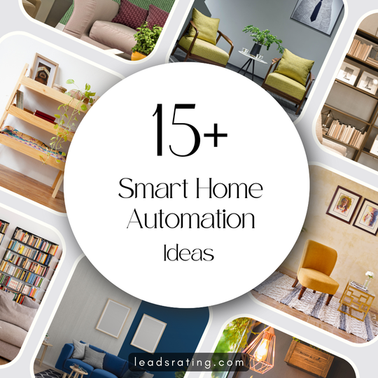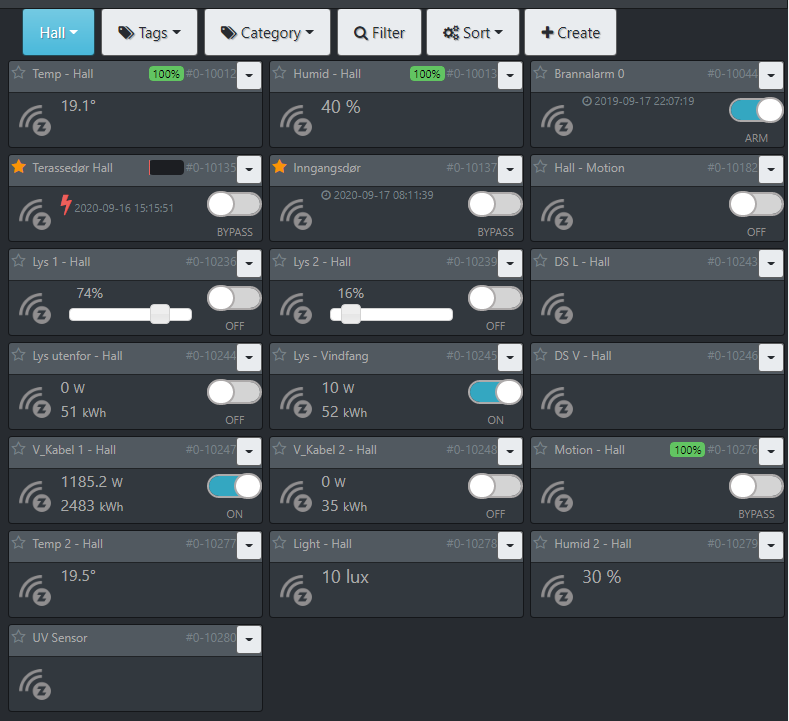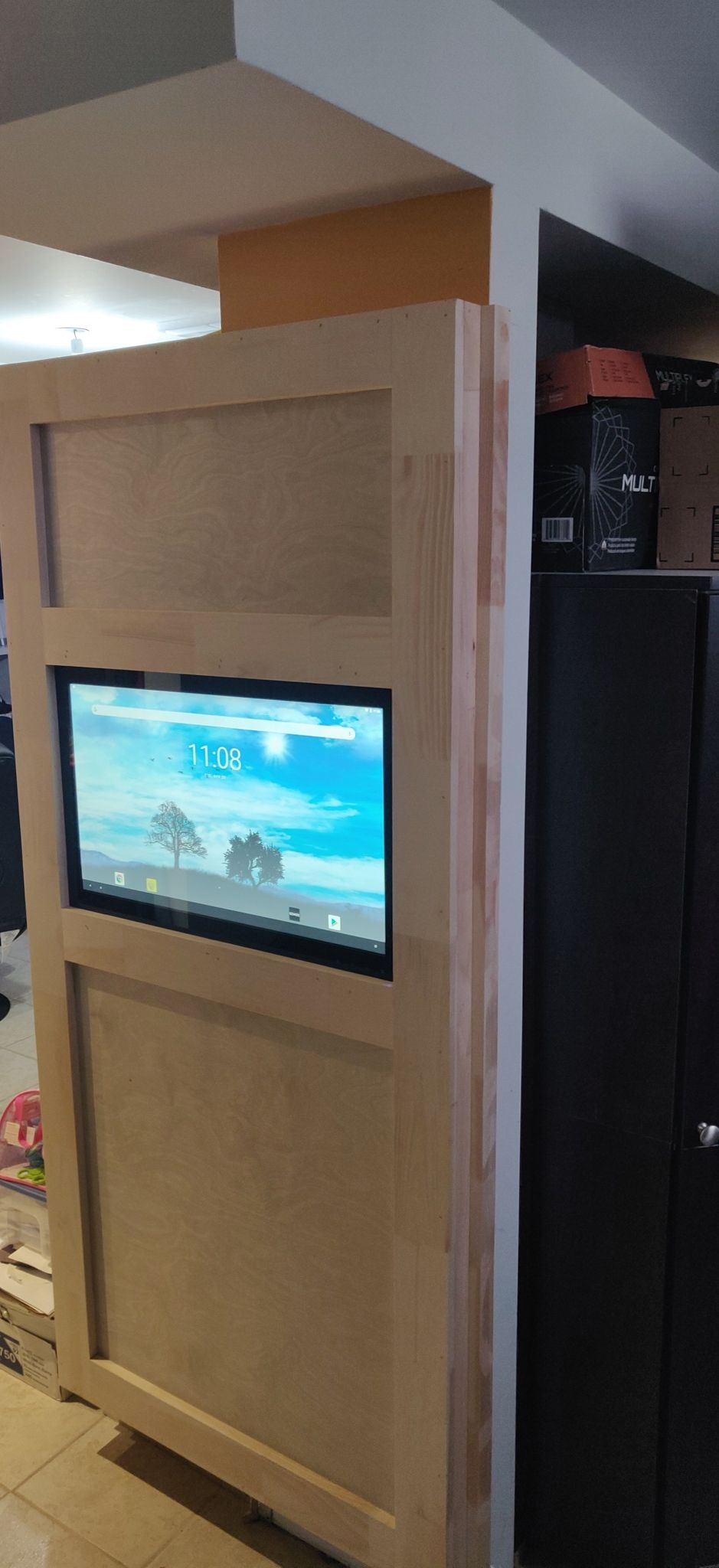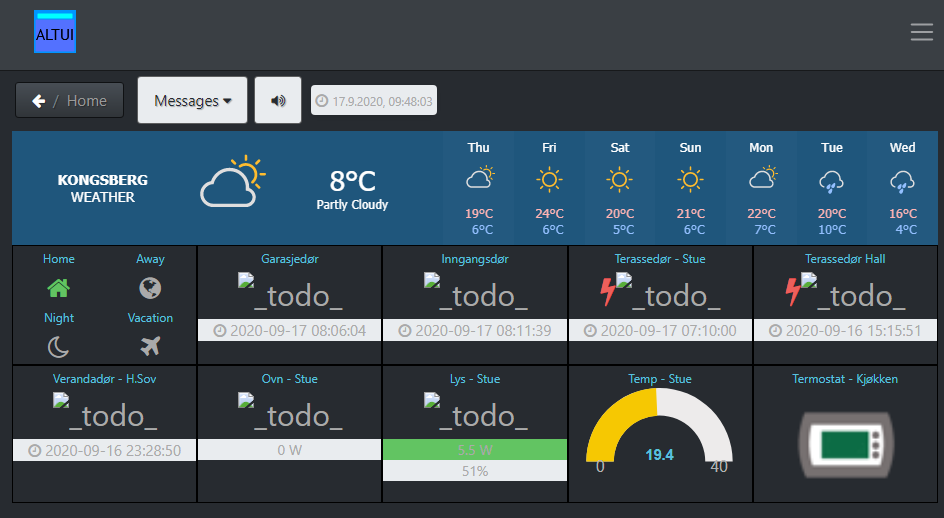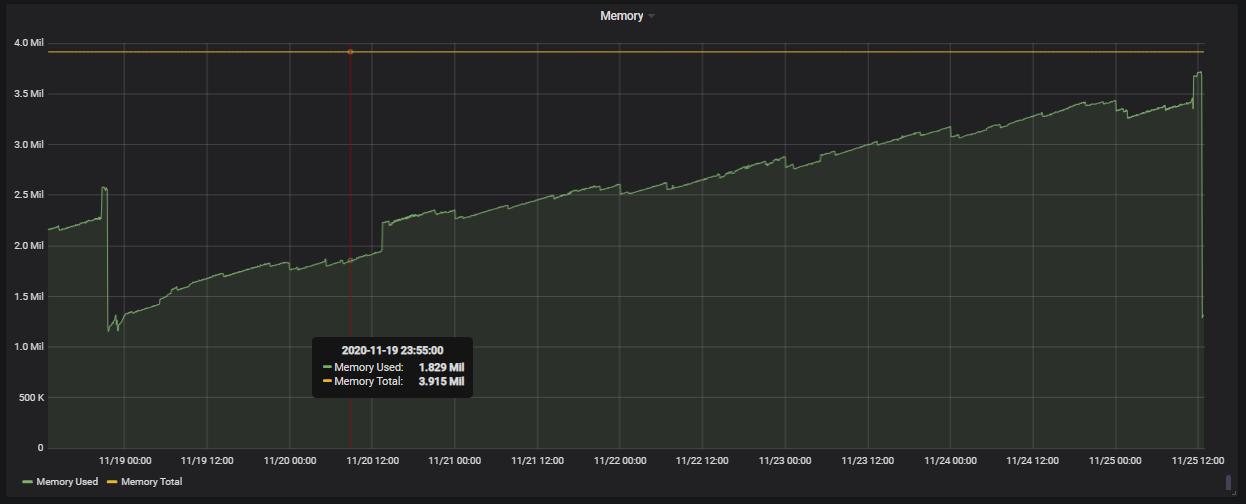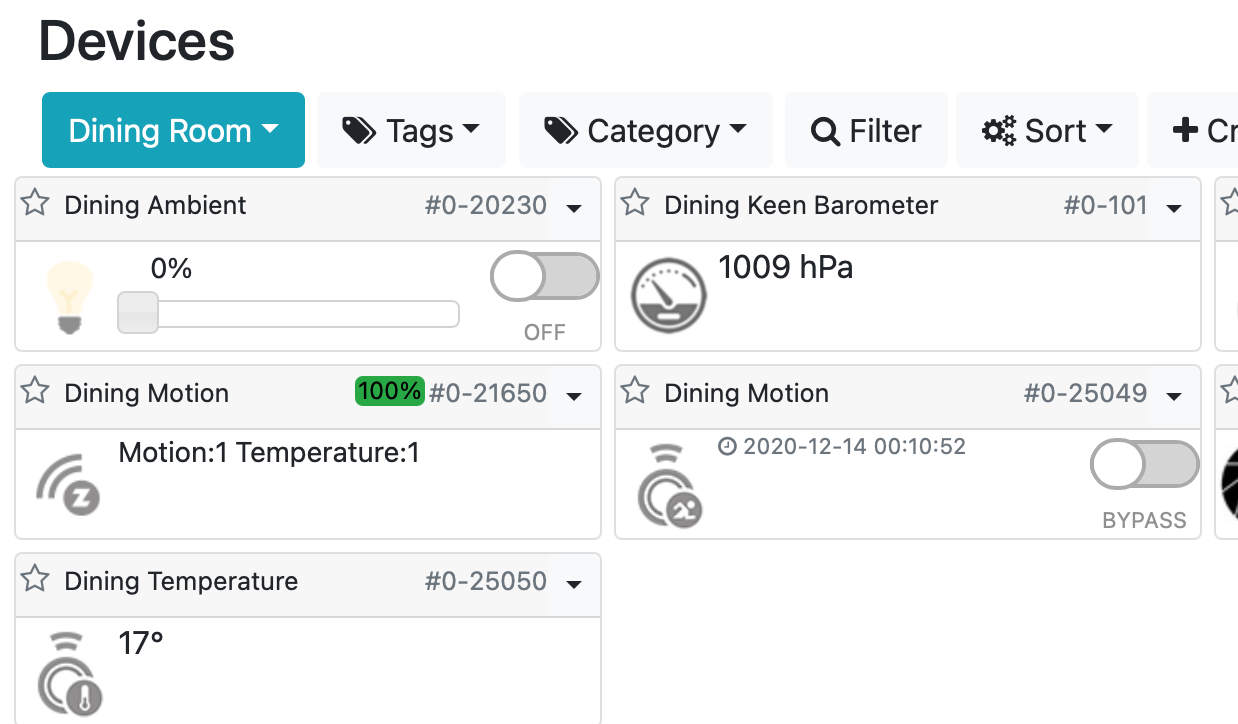Another transition from Vera to OpenLuup And now to HASS - PerH
-
-
With memory statistics, it's always confusing, since there are so many options for retrieving/displaying the information.
Remind us about this system:
- running on (RPi / virtual / ...),
- how much physical memory it has (is that 4GB on free?) (better use
free -h) - whether the units on your graph are, in fact, MB
- where the data for the plot actually comes from
- ...
I would say that a modest increase over time, to some asymptotic limit, is to be expected as the Data Historian fills its in-memory cache. This is, of course, configurable.
Here's a plot of memory used (MB) / cpu (%) / uptime (days) for one of my openLuup systems over the last year. You can see that memory use corresponds to uptime, to some extent. But this is not a memory leak. This is not Vera.
-
Its a chromebox 1, 4gig RAM. the graph unit says "Mil" for some reason, as in million bytes i guess. Its set by the system monitor plugin..
I don't care as long as it resets and doesn't cause trouble, but is coming that close to the border smart? suppose i don't need data historian to store with too much retention, as i'm using influxdb..
This is the whole time i've been storing, i thought the resets were when i rebooted, so i wasnt sure..
-
Its a chromebox 1, 4gig RAM. the graph unit says "Mil" for some reason, as in million bytes i guess. Its set by the system monitor plugin..
I don't care as long as it resets and doesn't cause trouble, but is coming that close to the border smart? suppose i don't need data historian to store with too much retention, as i'm using influxdb..
This is the whole time i've been storing, i thought the resets were when i rebooted, so i wasnt sure..
This may just be confusion about nomenclature – it may simply be that 'used' includes 'cached', which is actually instantly available on demand for new uses. This is not a problem.
@perh said in Another transition from Vera to OpenLuup - PerH:
I've also been trying to get collectd up and running,
What data are you interested in, and where do you want to send it?
-
I've also been trying to get collectd up and running, but it doesn't seem to take my server port setting in collectd.conf seriously. looking with
lsof, i see it setting up a UDP port at some arbitrary number that's changing on service restart..@perh said in Another transition from Vera to OpenLuup - PerH:
looking with lsof, i see it setting up a UDP port at some arbitrary number that's changing on service restart..
That's par for the course if the system is allocating a (high-numbered) anonymous port from which to send UDP datagrams.
-
Sounds good, i'll stop worrying then.

Collectd has som more options for system logging than (i know of from) openluup/veraflux, so i want to send that to the influxdb. Same host on both, the chromebox.
its supposed to send on the default collectd port, 25826? and its defined in collectd.conf..
Influx has that port up as LISTEN, that may be why? I don't see why it should need a port at all for localhost operations. -
Influx has a special configuration for UDP connections.
For me, the database is called "openLuup" (surprise!).
8089 appears to be the defined (default?) UDP port.### ### Controls the listeners for InfluxDB line protocol data via UDP. ### [[udp]] enabled = true bind-address = ":8089" database = "openLuup" retention-policy = ""But I do note that
collectdalso has its own config:### ### Controls one or many listeners for collectd data. ### [[collectd]] # enabled = false # bind-address = ":25826" # database = "collectd" # retention-policy = ""with 23826 as the default port.
There is quite a lot of configuration here, are you sure you have it all set up correctly?
Either way, it need a port to listen on, since the communication is done with UDP datagrams.
-
Not at all sure about that, no. It does however have a LISTEN on 25826, so by that i'm asuming that its waiting for input?
One disturbing thing is that influx will not start if i have the
[[collectd]]header uncommented, not with one set of brackets either. -
One of the problems of mixing issues in a single thread is that it makes it harder to find solutions.
However, have you searched and found this thread on your latest topic...
https://smarthome.community/topic/18/z-way-token-expiration
Does that help?
-
After some hours of fiddling with my little breakdown, I finally got the Zigate plugin up and running. And its running well! the two aqara sensors i tried popped up and configured perfectly at first attempt.
I now have zigbee capability outside the vera, the last thing i need to power down the vera now is geofencing.

-
One new thing i discovered with the Zigate was that the Aqara temp sensors also report air pressure. A new Barometer definition followed the plugin.

MIOS doesn't have a device catergory for this, anyone here solve that issue? I can't make Imperihome show them without device categories..
Today AltUI gave a pop-up with the single word "Fail.", and my lisence isn't registered. I've recently changed to a new router, could that be related?
-
One new thing i discovered with the Zigate was that the Aqara temp sensors also report air pressure. A new Barometer definition followed the plugin.

MIOS doesn't have a device catergory for this, anyone here solve that issue? I can't make Imperihome show them without device categories..
Today AltUI gave a pop-up with the single word "Fail.", and my lisence isn't registered. I've recently changed to a new router, could that be related?
@perh said in Another transition from Vera to OpenLuup - PerH:
MIOS doesn't have a device catergory for this, anyone here solve that issue? I can't make Imperihome show them without device categories..
Just use weather station. I have a couple of virtual devices and I’ll probably share them in the near future. Just a custom device Template with standard generic level sensor attached.
-
One new thing i discovered with the Zigate was that the Aqara temp sensors also report air pressure. A new Barometer definition followed the plugin.

MIOS doesn't have a device catergory for this, anyone here solve that issue? I can't make Imperihome show them without device categories..
Today AltUI gave a pop-up with the single word "Fail.", and my lisence isn't registered. I've recently changed to a new router, could that be related?
@perh said in Another transition from Vera to OpenLuup - PerH:
MIOS doesn't have a device catergory for this, anyone here solve that issue? I can't make Imperihome show them without device categories..
I have long rolled my own pressure sensor/barometer category icon and type which vera doesn't support even at the command class level. Mine also is due to a zigbee device. Maybe I should push it to the ALTUI repo huh?
Today AltUI gave a pop-up with the single word "Fail.", and my lisence isn't registered. I've recently changed to a new router, could that be related?
It is possible. Unless you make it run on local cdn, ALTUI relies heavily on java libraries from the internet.
-
Definitely some weird stuff going on either on your network or in the web. When you get a chance to look at it, I would definitely recommend moving to local cdn. I pushed a bunch of updates to @amg0's repo on GitHub last week and he also updated their web version. You should see them on the next release.
-
I know there is some issue with the LAN, as I just changed routers.. Ubiquiti Edgerouter X setup needs a higher level of network knowledge than I have, so i have a thread on the ubiquiti forum.

Local CDN sounds interesting, what is it? i asumed AltUI is looking to a lisence server?

